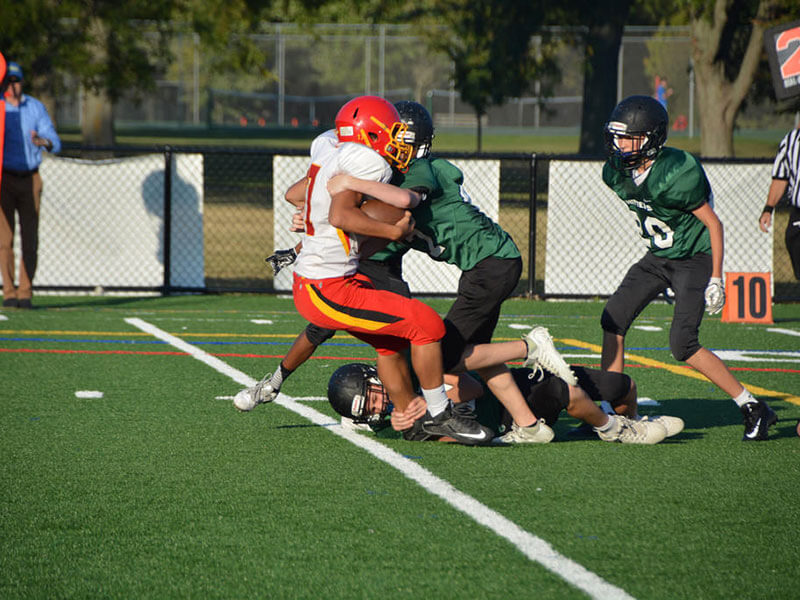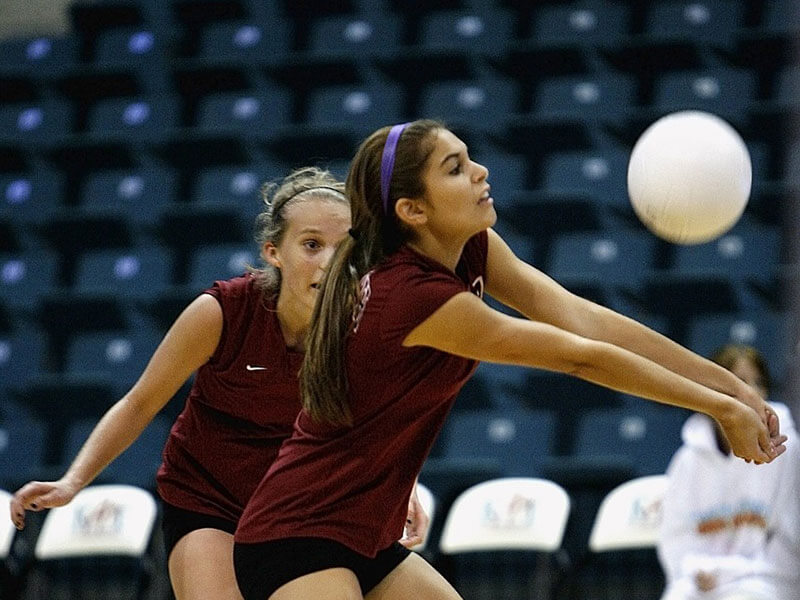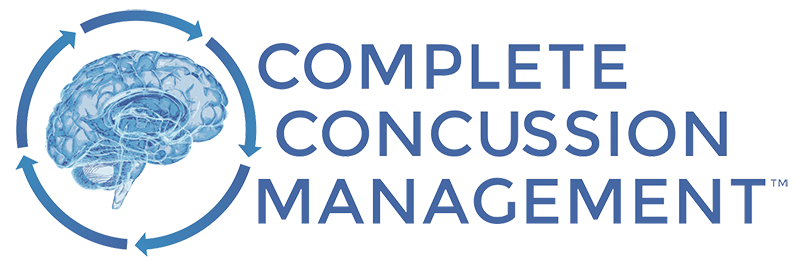Sports Injury and Performance
Hockey Injuries
Most injuries in hockey occur in PeeWee when contact is more prevalent. However, an important age and area we check from the latest research at Steinbach Chiropractic Health & Wellness Clinic is for 10 year olds. This is a crucial time in the development and injury for the groin region. 43% of all muscle strains occur in the groin. Adductor strains account for 44%. REPEAT, REINJURY rate! This injury accounts for sidelining an injury for approx. 7 ice sessions. Most of these injuries occur following a fast acceleration or change of direction. Over 90% of groin and lower abdominal injuries in the NHL and minor hockey take place in NON-CONTACT situations.
Our staff uses a HOCKEY HIP PROGRAM to pre check your child for deficiencies and treat and prescribe effective trajectories. Inquire about the program with your practitioner. Athletes who follow this method are always stronger and in better shape for hockey. One of the best things that has been found is to allow your child to play multiple sports other than hockey all year around.
Concussions, SHOULDER injuries (most common are AC joint/shoulder separation/fractured collarbone), ELBOW (bursa/sprain), BACK/HIP (FAI, trochanteric bursitis) and KNEE injury especially the ACL due to pushing off the inside edge of blade and contact to outside of the knee.
Soccer Injuries

Football Injuries

Volleyball/Basketball Injuries
The ankle is the most commonly injured due to awkward landing and ballistic movements requiring change of direction. Overuse injuries due to the spiking arm and finger is common. We have also noticed from treating Olympic Volleyball players almost exclusively, there was associated hip dysfunction. Assessment should include ACL strength as females especially have dysfunctional patterns in their knees and to add HIP preventative strategies we employ. It is recommended that Ankle stretches be commenced for 8 weeks or the length of activity due to the high rate of recurrence injury.

Dance/Cheerleading/Gymnastics
Cheerleading: The most common injuries are ankle and wrist sprains due to base supporters performing rotational forces or basket toss stunts and falls.
Dance: Involves global overuse injuries versus trauma, and these can include stress fractures, lower limb strains and sprains and considerable hip and foot and ankle dysfunction. Types of dance and often the frequency of practice becomes problematic. The team of professionals at our clinic respect the intensity of dance and can facilitate screening sessions and identify potential injury zones. Even at a young dance age patients should be evaluated for erroneous patterns that may lead to injury.
Gymnastics: Incurs an extremely high amount of upper body strength and injuries include the shoulder (SLAP tears, overuse, sprains of wrists and forearms). The lumbar spine and lower is also susceptible to stress involving ankles and knees. Ankle mobility and knee ACL testing is crucial and injury rates increase with age.


